Are you a broadcaster/content creator looking out to optimize your live content to a professional grade broadcast? You have come to the right place. In this blog, we have covered one particular approach to broadcasting high quality live video streams: multi-camera live streaming. In the next few minutes you will get a detailed understanding of how to set up a multi-camera live streaming setup, the importance of multi camera live streaming, different use cases and equipment you need to host a multi-camera stream of your own. So, let’s get started.
What is Multi Camera Live Streaming?
Multi camera live streaming is a process when you live stream content with multiple or more than one camera. It uses live video and audio feeds taken from several cameras filming at different angles to provide distinct views of a single scene. Multi camera live streaming can help you switch between your cameras in real time or even combine different camera angles for better graphic representation enabling your viewers to visualize the full scope of a scene. When using a multi-camera setup, the quality of the live stream will be determined more by the creative and organizational components than by the cost of your equipment.
With a cloud live streaming platform like Muvi Live, it’s easier than ever before to stream multi camera live video! No coding required!
Why Live Stream with Multiple Cameras?
There are a lot of reasons why content creators are opting for video live streaming with multiple cameras. Here’s why you should invest in the same:
- Live streaming with multiple cameras makes video content more exciting and engaging
- Gives more professional touch to specific content scenes that needs for detailed visual representation
- Shooting with multiple cameras are necessary during a wide shot that shows the entire studio
- Helps in switching in real-time between different views
- It saves you time, as you don’t have to make transitions or compile scenes.

What is Multi Camera Streaming Needed for?
Multi camera live streaming is considered indispensable when streaming:
- Live Music Concerts– For capturing the performance of solo performers and band musicians, often multi-camera setups are needed to highlight their unique images, venues, and instruments.
- Virtual Events– Nowadays, live conferences and virtual events have become a key part of our society. Using multiple cameras for these events helps viewers feel connected and able to participate in what’s happening.
- Live Art Tutorials– While shooting live art tutorials, Multiple camera angles allow artists to show their hand positions in a detailed manner and help facilitate their explanations with ease.
- Sporting Events– Perhaps the best use case for multi-camera live streaming are sporting events as it’s ideal to get multiple angles for goals, penalties, and other significant events that happened in between a live match. Leveraging multi-camera streams creates the opportunity to live stream varied angles, which wouldn’t otherwise be possible.
- Reality Shows- Different reality shows or talent shows invest in multi camera streaming to highlight different angles of contestants while performing various tasks. Also it helps between switching scenes from main performers and team performers and even judges’ reactions during the performance. The multi-camera streaming experience brings real-time excitement to live events and creates a much more desired engagement than shooting with a single camera on such occasions.
- Live Workouts– Multi camera streaming comes in handy especially while shooting live workout videos as A trainer can demonstrate a movement with the multi-camera setup showing different angles without the need to compile the footage.
Best Software for Multi Camera Live Streaming
For live streaming with multiple cameras, you would be needing the requirement of software encoders with an HD input to create your video stream. Let’s take a look at three of the best live streaming software options on the market.
OBS Studio
For those new to live streaming, OBS Studio is one of the best and the most trusted live streaming encoders. Since it’s completely free and compatible with multiple devices, with windows, Mac and Linux, it’s one of the most popular live streaming encoders amongst live streamers.
Here are the features of OBS streaming encoder software:
- Real-time video/audio capturing and mixing
- Unlimited number of scenes custom transitions and scenes
- Intuitive audio mixer
- User friendly Interface
- Recording videos without any time limit
- Branding and personalization options
- Powerful configuration options
- Screen capture in HD quality
- Modular “Dock” UI
- Support for hotkeys
- Green screen support
- support for a wide range of audio, video, and image sources, as well as screenshots
OBS is enabled with multiple camera support, natively. Muvi Live supports live streaming with OBS studio. For more details, check out our help article on How to Live Stream Using the Muvi Live.
Telestream Wirecast Studio
If you are a pro live streamer knowing what you want, Telestream Wirecast would be the right choice for you. It has an intuitive interface, easy-to-find functions and has the best settings for live streaming already set in its software.
vMix
Another good video encoder for live streaming is Australian-based company vMix. If you are a windows user, vMix could be the perfect choice for you. The latest version of the vMix’s Windows-specific software is 24.0.0.71. While vMix 24 is exclusively for Windows, the software can be installed on a Mac via Boot Camp if the machine has a Windows partition.
If you want more details on live streaming encoders, read our blog, Top 4 Live Streaming Encoders: All you Need to Know
How to Set up MultiCamera Live Streaming?
If you are aiming to produce a professional grade live stream, you would need to arrange for specific equipment to achieve the same. For live streaming with multiple camera, you would be requiring the following equipment:
Multicam live streaming requires two or more cameras equipped with HD resolution settings. These days, it’s easier to acquire affordable cameras that shoot at 1080i and output either an HDMI or HD-SDI signal. It’s always a better option to shoot in HD even if you are aiming to stream in lower bit rates rather than the other way round. This is because HD sources have significantly higher visual quality than SD sources, even when encoded at lower bit rates. Some technical considerations when buying cameras are – 4K CMOS sensor, Dual DIGIC DV 6 Image Processors, an ISO range of 100 to 102, dual XLR inputs.
Both hardware and software switchers allow you to seamlessly switch between multiple cameras and the ability to add transitions and effects while at it. Some viable switcher options include software-based products such as OBS Studio and Telestream’s Wirecast.
Capturing audio is as crucial as capturing raw footage in a multicam live stream. For some events, a few wireless mics are sufficient. More often than not, there will be a live sound system to which you can connect. We recommend bringing your own small audio mixer to control the level of the feed you receive.
Needless to mention that you will need a hardware or software encoder with an HD input to create your video stream. We have included the list of professional software live streaming encoders in this blog.
There are several options out there in terms of video switching and mixing. These can be divided into hardware, software or cloud-based solutions. Whatever you decide on, each option has its pros and cons.
How to Overcome Challenges in Multi Camera Live Streaming?
Streaming live multi-camera views requires a lot of bandwidth, computational power, scaling and other technical requirements:
- Scaling– Live events usually garner a lot of traffic and it is really impossible to predict beforehand how many concurrent viewers you are going to get while live streaming events, especially if you are shooting live sporting events or musical concerts. Having a cloud-based live streaming platform that can scale in real-time like Muvi Live will help you address spikes in viewership, without compromising the quality of the live stream.
- Cloud Encoding– Reduction in the quality of experience could lead to viewer dissatisfaction. That’s where cloud encoding comes into play. Efficient encoding in the cloud in real-time can help you guarantee a world-class quality of experience with reduced latency and less buffering.
- Bandwidth– The bandwidth of your internet connection will naturally be affected by the number of cameras you plan to use. It’s always best to use an ethernet connection for reliability and test your connection multiple times to make sure it’s sufficient.
Tips and Tricks for Multi Camera Live Streaming
There are a few other things to keep in mind when it comes to multi-camera live streaming. Here are a few tips to optimize your live streams when shooting with multiple cameras:
- Always designate one camera as your wide/master shot and the other for shooting your close-ups.
- When you need to change angles, switch to the wide shot until your new close-up is framed properly.
- Unless you’re actively tracking a moving subject, refrain from panning
Wrapping Up,
Hope we have been able to guide you in live streaming through cameras. Whether you want to stream live video on your website, broadcast live sporting events, fitness classes or sporting events, Muvi Live can help you in multicamera live broadcasts and can take your content to the next level.
Interested to try out our enterprise-grade live server for yourself? Take a 14 Day Free trial of Muvi Live!

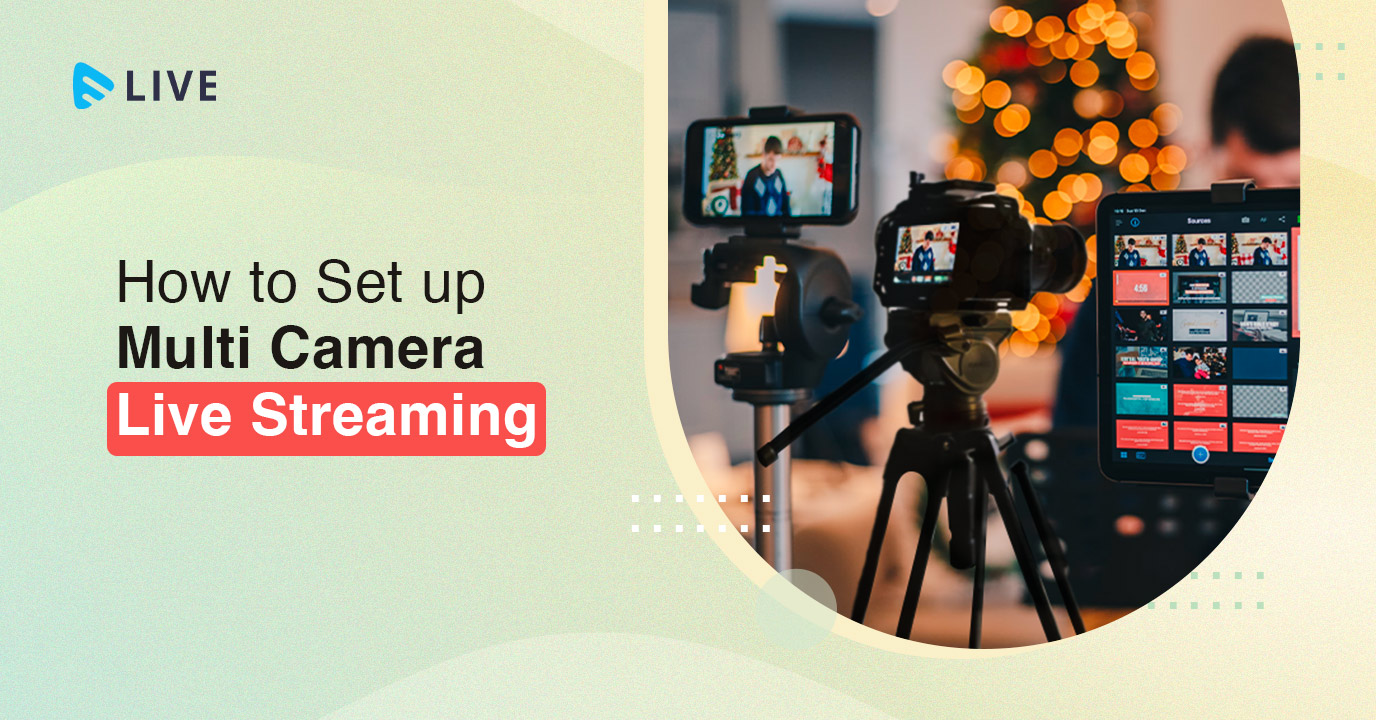



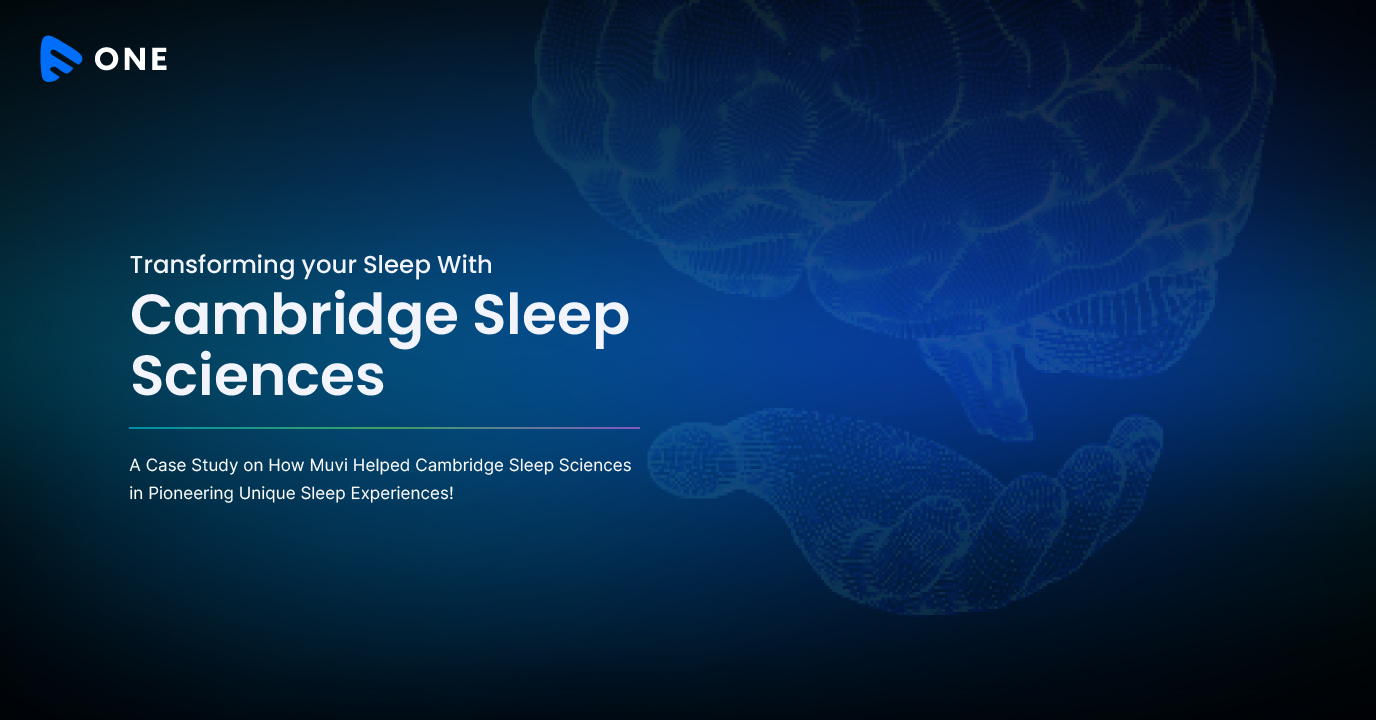

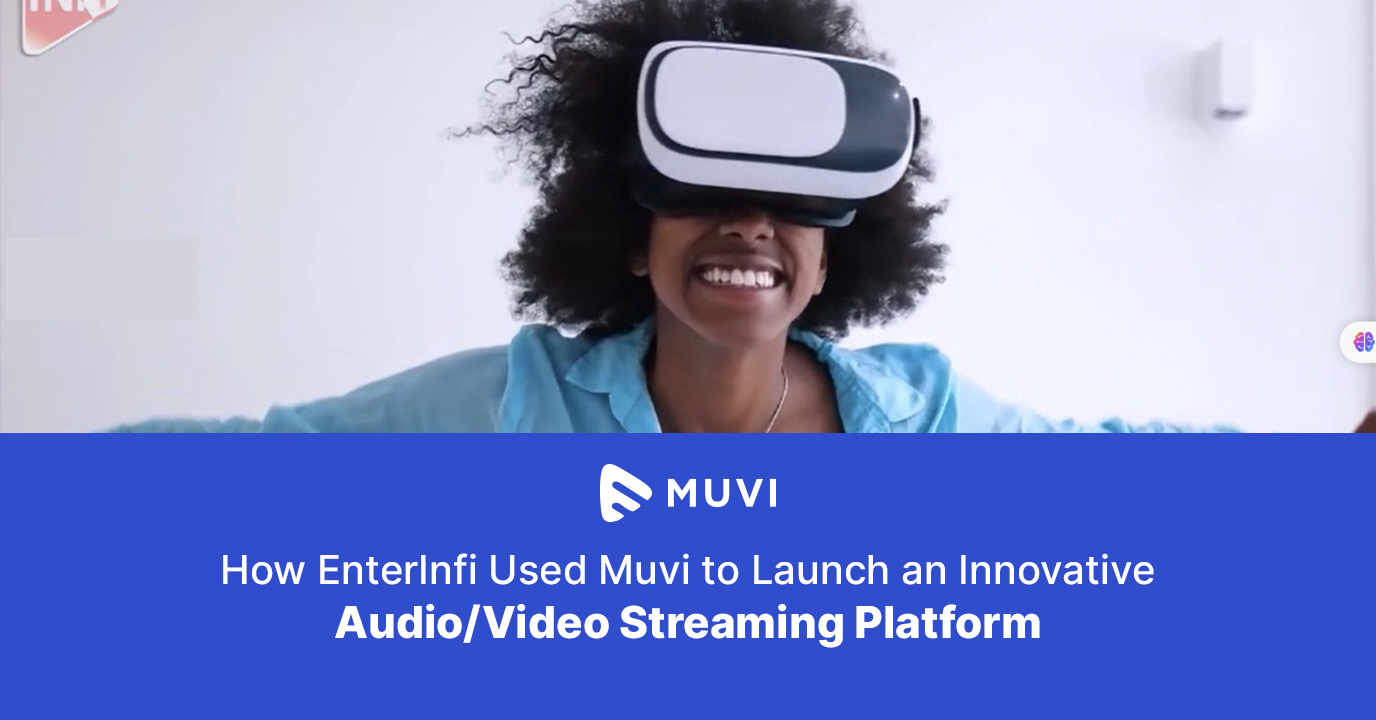
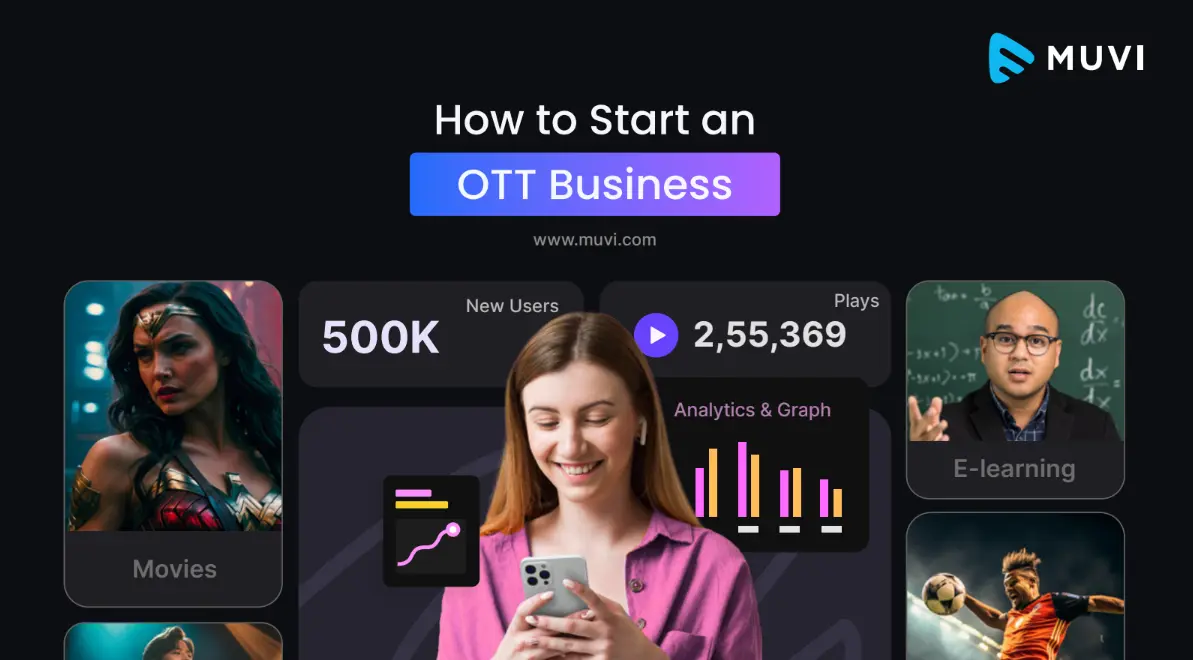
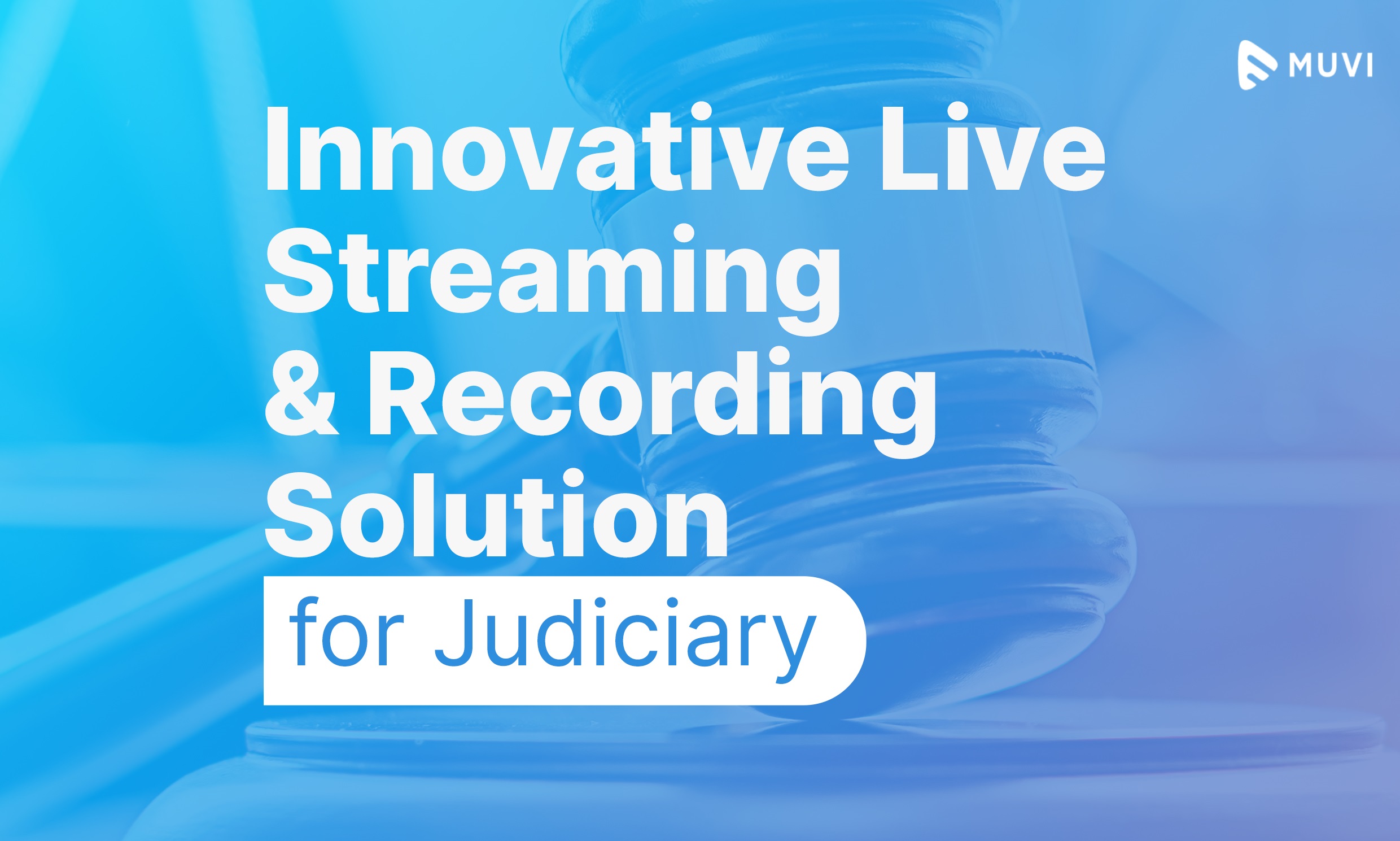
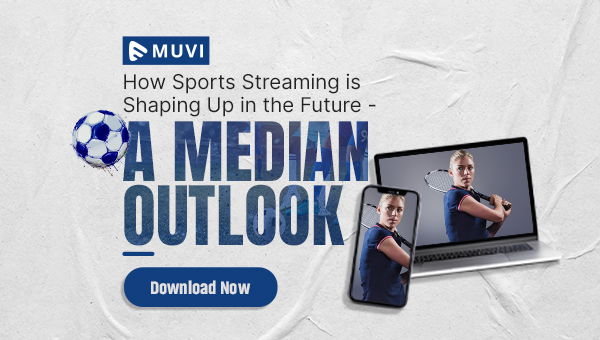
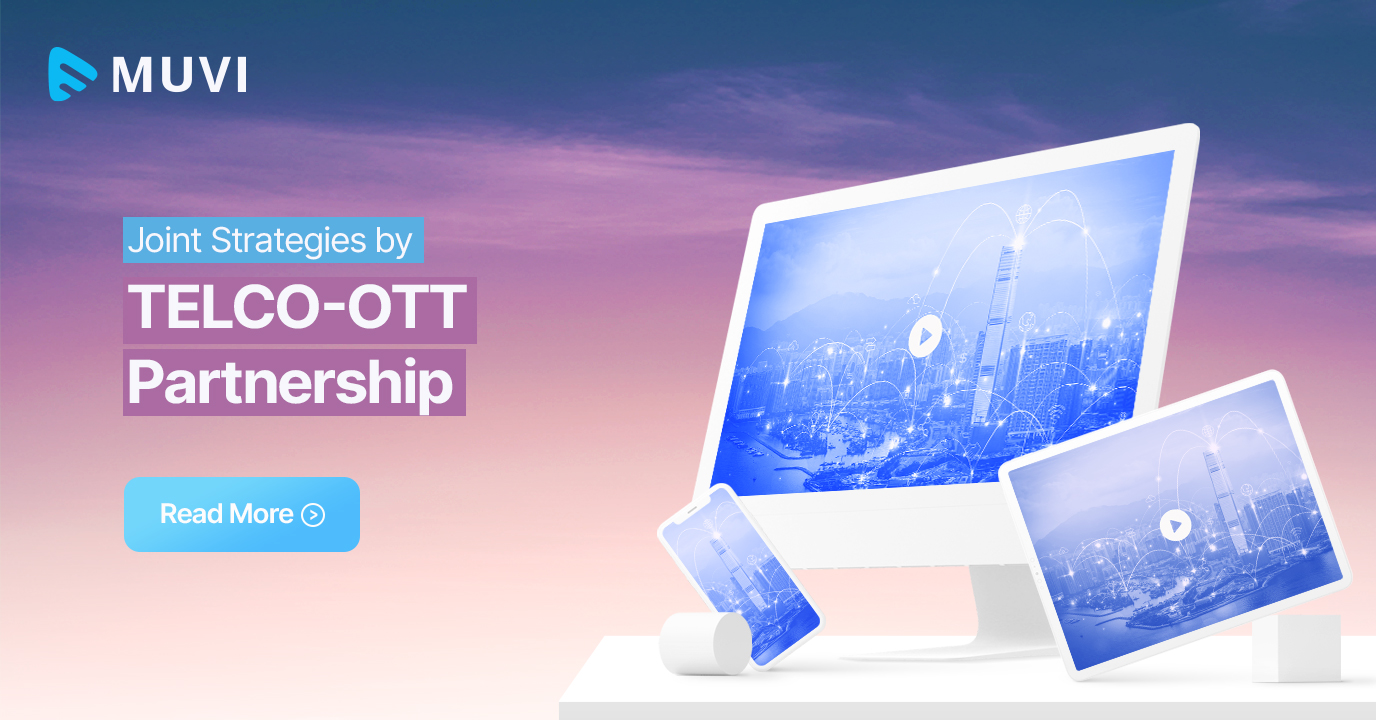
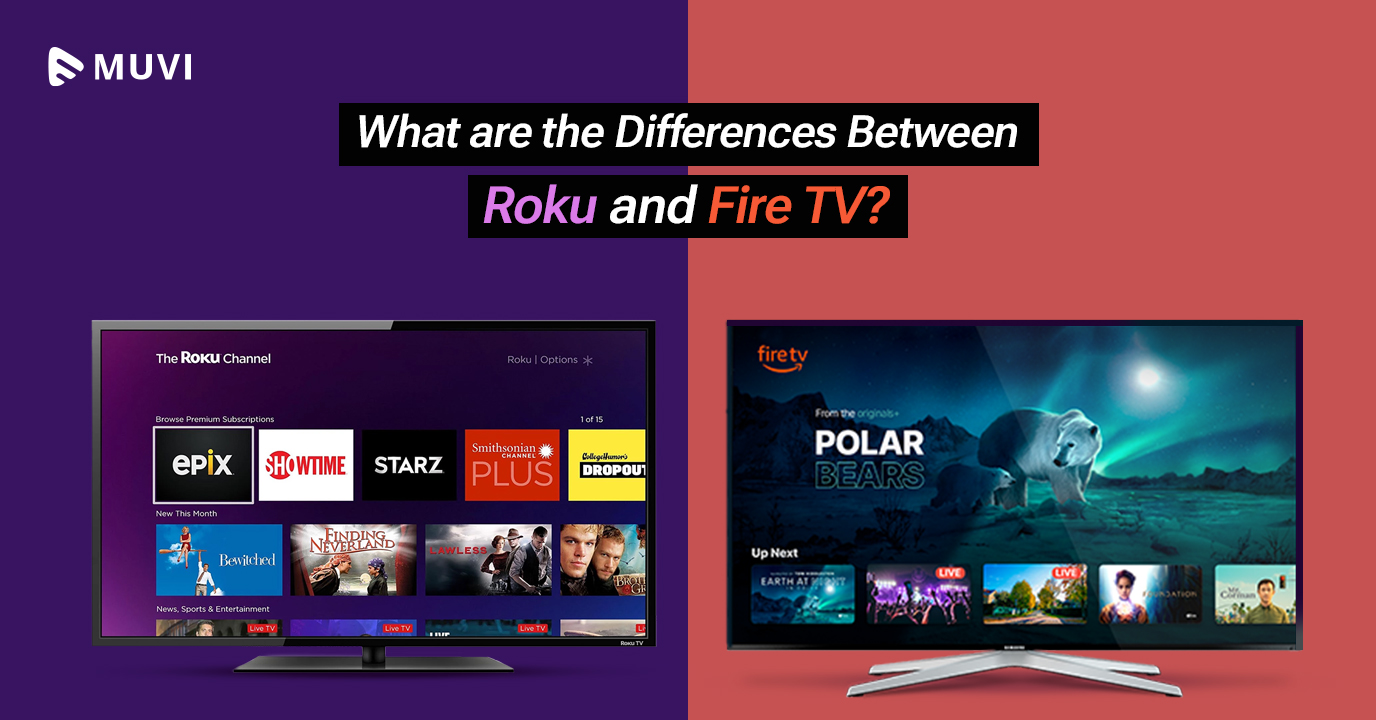
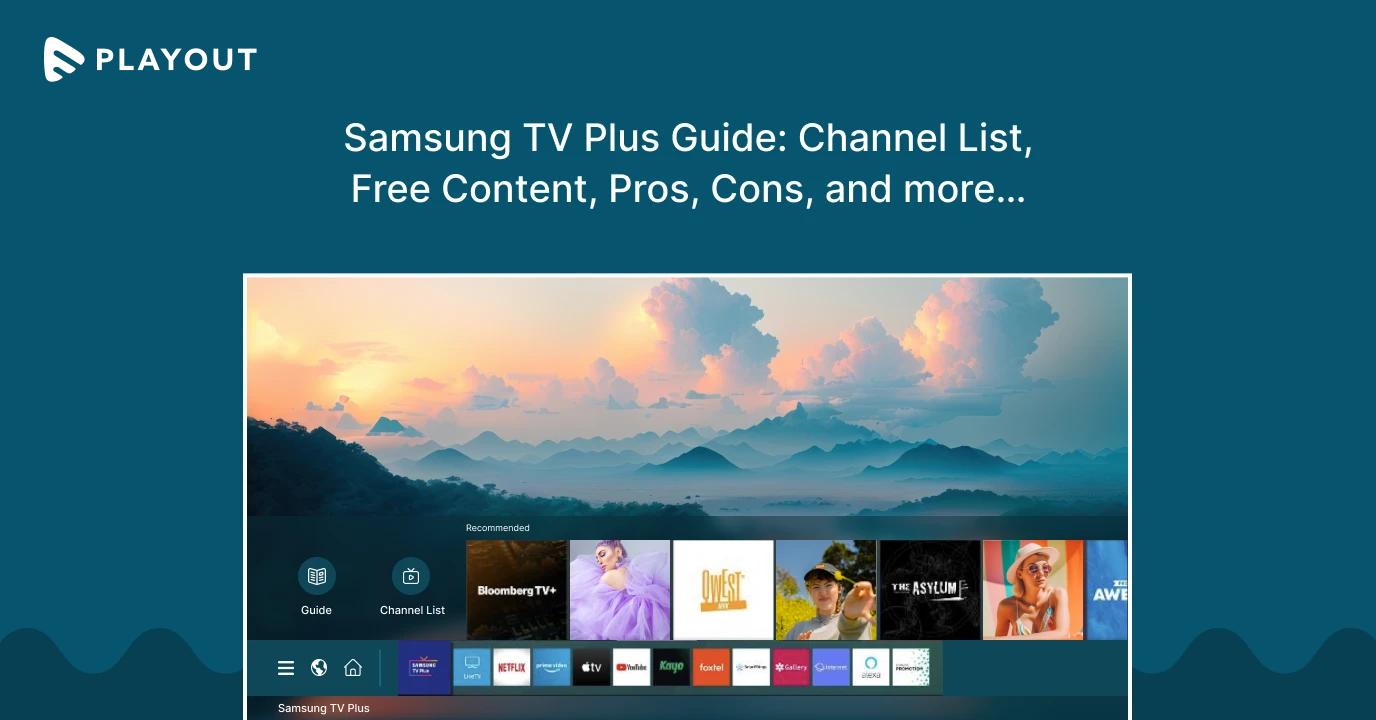
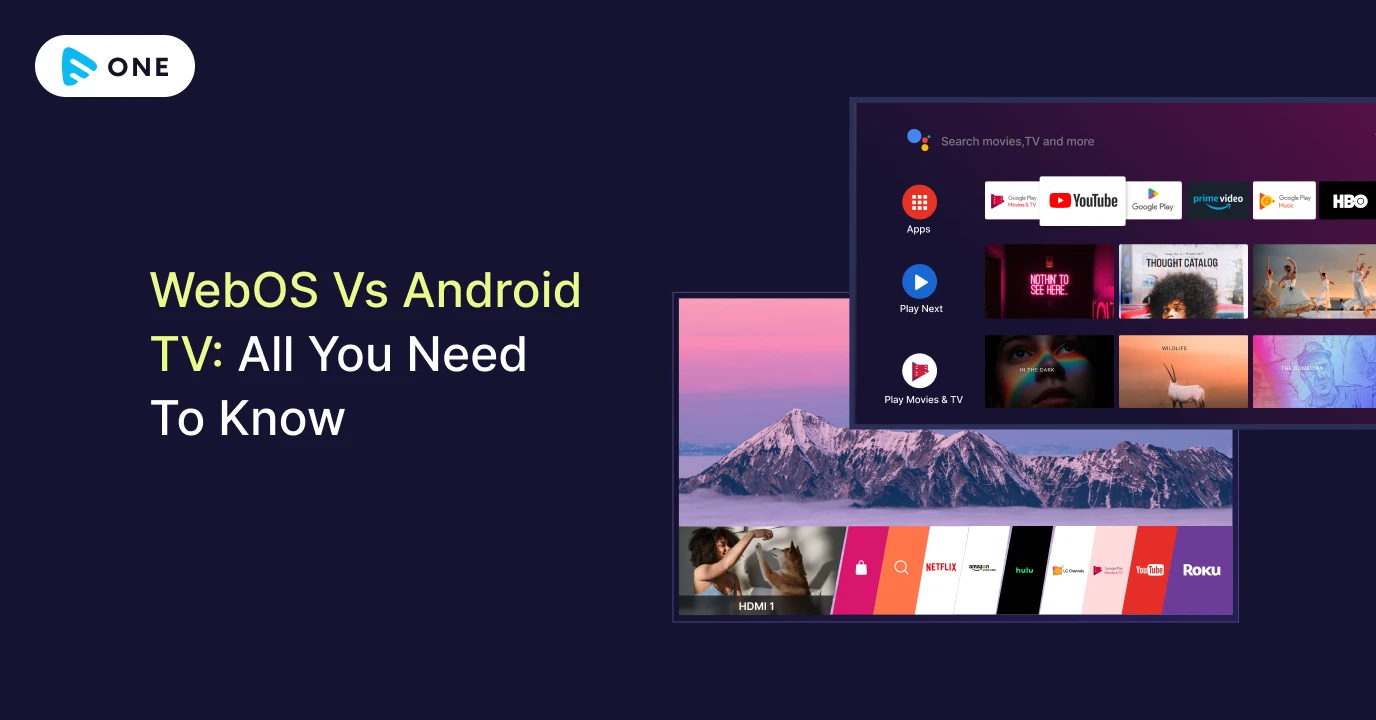



Add your comment